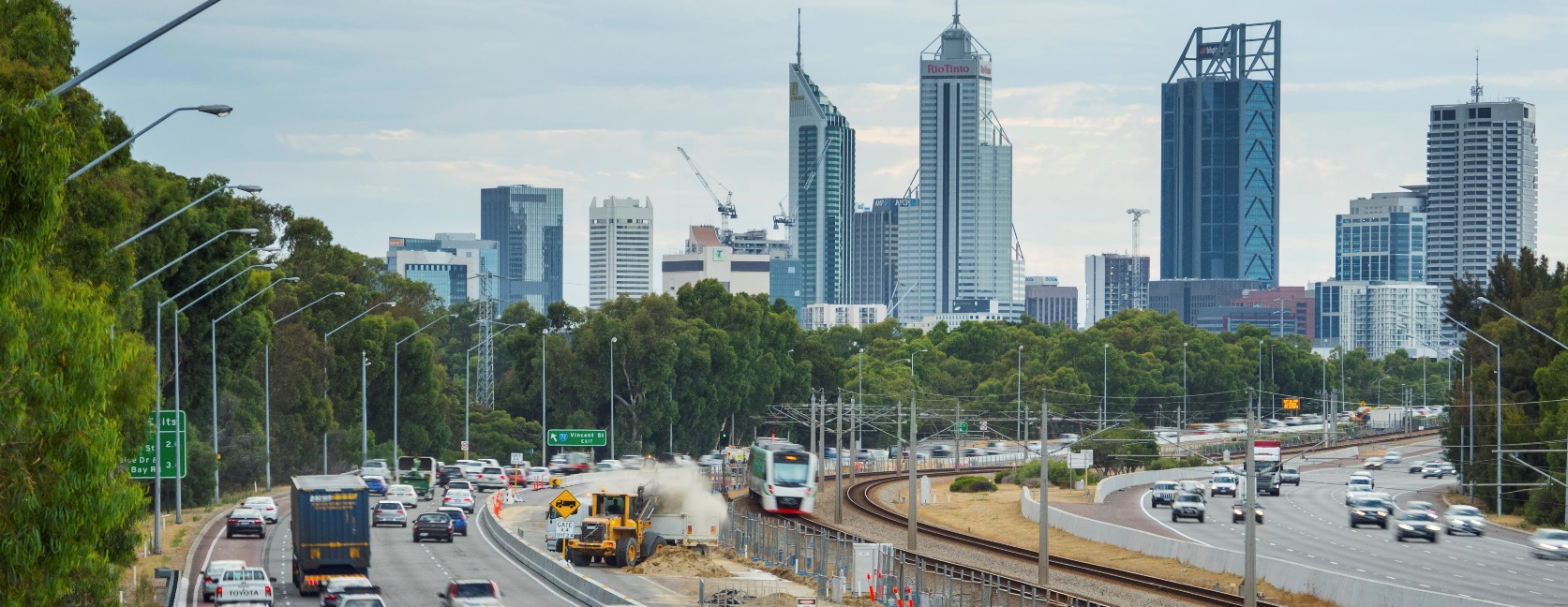At a glance

This paper, the first of a planned annual series, tracks congestion of selected routes from across Australia’s major cities by estimating travel times based on observed speeds of freight vehicles. This report covers calendar year 2019.
The paper presents two ‘congestion’ measures for each route.
The first is the Mean Excess Time Ratio (METR) which reflects the how much the average expected travel time across the day exceeds the best (lowest) expected travel time. These best times are usually in the early hours and are assumed to be close to free running conditions.
The second is the Mean Excess Uncertainty Ratio (MEUR) which reflects how much the average uncertainty – measured as the breadth of the interquartile range, or the middle 50 per cent of trips – exceeds the lowest observed uncertainty.
These measures are only indicators of congestion and may be prone to ‘noise’ especially for routes or times of day (such as the early morning) with relatively sparse data. They also do not distinguish between a peak that lasts one hour and a peak that spreads over several.
This initial report highlights several interesting features of traffic congestion on the selected urban routes, including:
Motorways exhibit more distinct peak periods than surface routes.
Surface routes (those not on grade-separated motorways) show more ‘base level’ uncertainty, which is most likely due to intersections and traffic lights.
Congestion peaks are usually attributable to commuter traffic to or from work and education – for instance motorways tend to show morning peaks moving towards the CBD and afternoon peaks moving away from it. This is supported by prior BITRE telematics work that found travel peaks effectively disappeared on urban freight routes during COVIC-19 lockdowns (BITRE 2020).
A number of surface routes in all cities also exhibit an unexpected third peak in the early morning, around 4-5 AM. The reasons for this third peak are not clear, although freight specific activity or road works are potential reasons.
Intersections on surface routes and interchanges on motorways, are prominent locations of delays in peak periods. To some extent this captures delays for vehicles entering and exiting the route rather than vehicles travelling the full route.
| City | Excess Time Index | Excess Uncertainty Index |
|---|---|---|
| Sydney | 1 | 1 |
| Melbourne | 1 | 1 |
| Brisbane | 1 | 1 |
| Adelaide | 1 | 1 |
| Perth | 1 | 1 |
 Congestion Report 2019
Congestion Report 2019